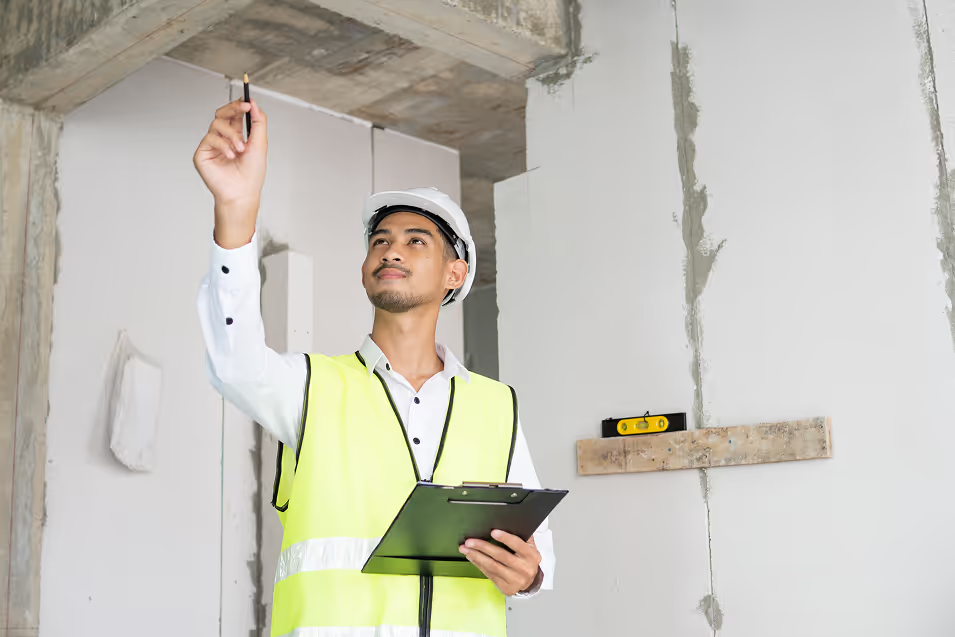
What to Do Immediately After Discovering Water Damage in Your Home
Learn what to do right after discovering water damage—protect your home, reduce costs, and start the restoration process fast.
What to Do Immediately After Discovering Water Damage in Your Home
Water damage can strike without warning—whether from a burst pipe, an overflowing appliance, or a severe storm. Regardless of the cause, how you respond in the first few minutes can make a major difference in reducing the damage, cutting down on repair costs, and preserving the safety of your home. Here’s what to do immediately after discovering water damage in your home.
1. Stay Calm—but Act Fast
First, take a deep breath. While water damage can be overwhelming, quick and decisive action is your best defense. Don’t panic—focus on containing the situation and keeping your household safe.
2. Ensure Safety Before Anything Else
If the area is heavily flooded or if water is near electrical outlets or appliances, turn off the electricity at the main breaker—only if it is safe to do so. Never walk through standing water if electrical hazards are present. If the water is coming from a clean source (like a burst pipe), and it’s safe to enter, proceed. If not, wait for professionals.
3. Identify and Stop the Source of Water
Try to locate the source of the water and stop it. Shut off the main water supply if the leak is plumbing-related. If it’s from a roof or structural issue due to a storm, use buckets or tarps as a temporary solution until help arrives.
4. Document Everything for Insurance
Before you clean anything up, take photos and videos of the affected areas—walls, floors, ceilings, belongings. This documentation is critical when filing a claim with your homeowner’s insurance. Be thorough, and include timestamps if possible.
5. Call a Water Damage Restoration Professional
Time is critical. The longer water sits, the more damage it causes—from warped floors and crumbling drywall to dangerous mold growth. Call a certified water damage restoration company immediately. Many offer 24/7 emergency response and can begin mitigation within hours.
6. Begin Water Removal If Safe
If the area is safe to enter and you’re dealing with a minor incident (such as a small leak), begin mopping or using a wet/dry vacuum to remove excess water. Move furniture and rugs to a dry area and elevate anything that might absorb moisture.
7. Ventilate and Dry Out the Space
Open windows and run fans to improve airflow. Dehumidifiers are especially helpful in reducing moisture from the air and preventing mold growth. However, full structural drying typically requires professional-grade equipment.
8. Avoid Using Damaged Areas
Don’t turn on ceiling fans if the ceiling is wet or sagging. Avoid using electronics, HVAC systems, or appliances that may have been exposed to water until they are inspected. Stay out of rooms with structural instability or visible sagging.
9. Notify Your Insurance Provider
Contact your insurance company as soon as possible. Provide them with photos, documentation, and a clear description of what happened. Ask about your coverage, deductible, and next steps for filing a claim.
10. Prepare for Restoration and Repairs
Once the water is removed and the area is dried out, restoration can begin. This may include repairing drywall, replacing flooring, or addressing mold issues. Work closely with your restoration company and insurance adjuster to understand the timeline and scope of work.
In Summary
Water damage is serious—but a calm, informed, and timely response can minimize the impact. Your first priority is safety, followed by stopping the water, documenting the damage, and getting professional help. The sooner you act, the better chance you have at preserving your home and avoiding major repairs.
If you're experiencing water damage now, don’t wait. Contact a certified restoration company for 24/7 emergency service and protect your home before things get worse.


.avif)
